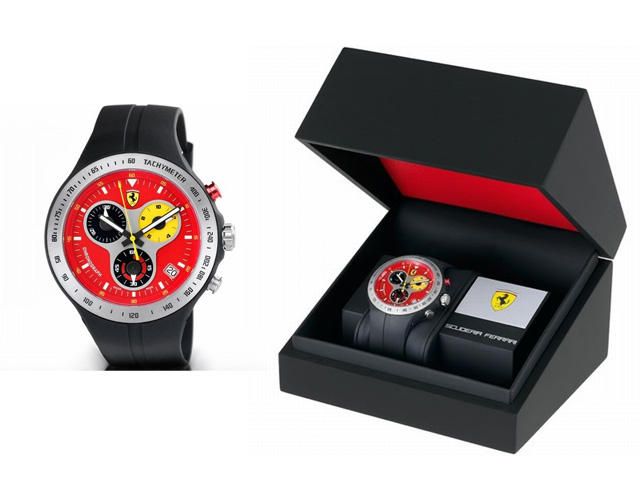For me, it was the Ferrari F40 and Lamborghini Countach. We all had them as kids, our favorite hypercars. Whether they were posters on our bedroom walls, 1:18 diecast models, or simply in our imaginations, they defined cool. But do Ferrari and Lamborghini still carry that same prestige today? Both are still very much alive and active, but compared to 20 some years ago, they've become completely commercialized.
There's now Ferrari World in Dubai, Ferrari watches, jackets, eyewear, and countless other accessories. Lamborghini, although they don't have (yet) a theme park, is also guilty of similar merchandising ventures. I'm not questioning their ability to build amazing cars, but to me they've lost some of the aura of independence each had when they weren't part of a parent company. Fiat bought 29 percent of Ferrari in 2006 and Volkswagen (through Audi AG) bought Lamborghini entirely in 1998.
Not the end of the world, as the new Ferrari FF and Lamborghini Aventador prove, but there are two newer hypercar builders that exert total independence, technological brilliance, and complete bat shit insanity. They are Koenigsegg and Pagani. Founded in 1994 and 1992, respectively, each one is just beginning to hit their stride after more than a decade of building some of the fastest and well-built hypercars ever. Not long ago, these two companies were consistently overshadowed by Ferrari and Lamborghini and it's wonderful to finally see them emerge as truly world-class.
They also have lots in common. Both have founders that are not only alive and well, but also oversee day-to-day operations and financial responsibilities. Enzo Ferrari was more obsessed with his racing program over the road cars, and Ferruccio Lamborghini eventually had cash problems stemming from his tractor business. Christian Von Koenigsegg and Horacio Pagani, in contrast, are completely focused on the mission at hand. Koenigsegg himself has personally innovated in the fields of flexfuel, plug-in electric systems, and continued internal-combustion engine developments.
Pagani worked for Lamborghini in the 1980s as a pioneer composite specialist, specifically focusing on advancments in carbon fiber. He went off on his own in 1991 to continue carbon fiber development exclusively, which eventually led to the Zonda in 1999. Both men are also obsessed with quality down to the finest details. Most importantly, Koenigsegg and Pagani make sure their companies are in financially solid shape. For example, they're very careful not to overproduce, with most cars built only when there's a specific order for one.
Their factories and workforces are small, with everyone working in close collaboration to make everything work. The owners don't have exclusive offices separate from the factory floor. They prefer to spend their days collaborating personally with their employees whether they're the designers, engineers, or PR specialists. And unlike Ferrari and Lamborghini, neither of these two have decided to build a high-volume model, such as the California and Gallardo. It's not uncommon to now see several of both on the streets of, say, L.A. or Miami.
But when was the last time you saw an Agera or Zonda on the road? When you do see one, not only does it make your day, but the sheer pleasure of knowingly seeing something very special makes the moment forever memorable. I no longer have that sense with the California or Gallardo. Ferrari reportedly builds 27 California's a day and Lamborghini has built well over 10,000 Gallardo's and counting. Of course Ferrari and Lamborghini have their incredible and rare halo cars as well, but Koenigsegg and Pagani don't need an extended line of cologne and leather jackets to show brilliance.
They're in the business of building hypercars only. And that makes all the difference, as I've just pinned a Huayra poster to the wall above my desk at work.

